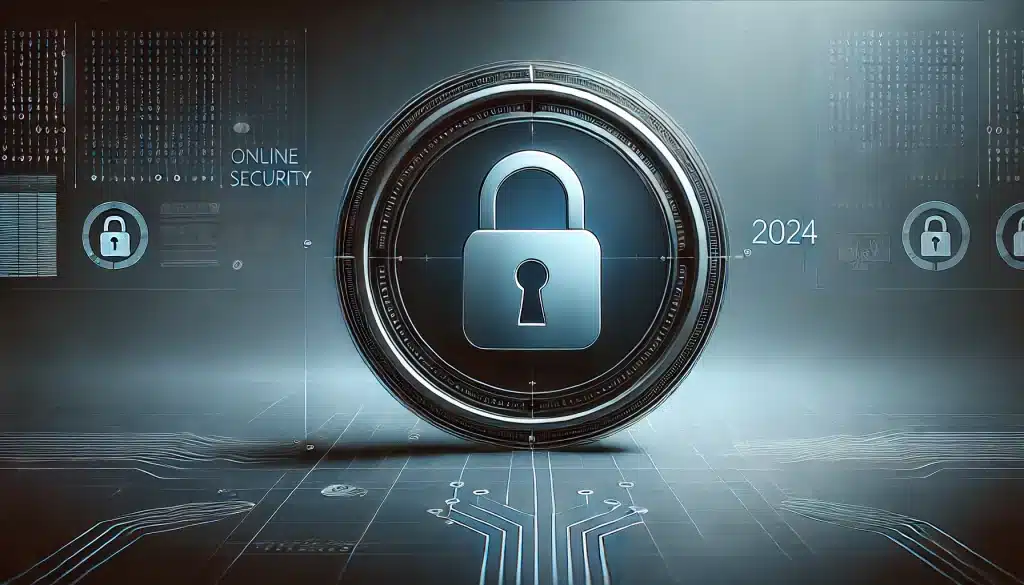Secure Your Online Accounts
In an era of increasingly digitized lives, to secure your online accounts is more important than ever. With cyber threats becoming more sophisticated, adopting robust security measures to protect your personal information is crucial. This guide will walk you through the best practices for securing your online presence in 2024, ensuring you stay ahead of potential threats.
1. Implementing Two-Factor Authentication (2FA)
Two-factor authentication (2FA) is one of the most effective ways to secure online accounts. By adding a second layer of security, 2FA ensures that even if someone obtains your password, they won’t be able to access your account without the second verification step. This typically involves a code sent to your phone or generated by an authenticator app.
The beauty of 2FA lies in its simplicity and effectiveness. Enable 2FA as soon as possible for every account that supports it. Popular platforms like Google, Facebook, and most financial services offer 2FA, and it’s often just a matter of a few clicks to set it up. Remember, while passwords can be guessed or stolen, having 2FA in place significantly reduces the risk of unauthorized access.
2. Creating Strong and Unique Passwords
Passwords are your first defense, and creating strong, unique passwords is critical to securing your online presence. A strong password should be at least 12 characters long and include a mix of uppercase and lowercase letters, numbers, and symbols. Avoid using easily guessable information like birthdays, common words, or simple patterns.
Using the same password across multiple accounts is a risky practice. If one account is compromised, all other accounts with the same password are at risk. Instead, create a unique password for each account. This may seem daunting, but it’s a necessary step to prevent widespread access in the event of a breach.
To manage these complex passwords, consider using a passphrase—a series of random words or a sentence that is easy to remember but hard for others to guess. For example, phrases like “SunnyDaysAreGreat123!” are solid and memorable.
3. Recognizing and Avoiding Phishing Scams
Phishing scams are a common tactic cybercriminals use to trick you into giving away sensitive information. These scams often come in emails, text messages, or phone calls that appear to be from legitimate sources. The goal is to get you to click on a malicious link, download an infected attachment, or provide personal information like your login credentials.
To avoid falling victim to phishing scams, constantly scrutinize unsolicited communications. Be wary of messages that create a sense of urgency, such as “Your account will be locked in 24 hours,” or ones that offer too-good-to-be-true deals. Check the sender’s email address carefully—phishing emails often use addresses that closely resemble legitimate ones but with slight variations.
If you’re unsure whether a message is legitimate, contact the company directly using a trusted method, such as their official website or customer service number, rather than clicking on links or using the contact information provided in the suspicious message.
4. The Importance of Software Updates
Updating your software is a simple yet vital step in maintaining your online security. Software updates often include patches for security vulnerabilities that cybercriminals could exploit. By neglecting updates, you leave your system exposed to potential attacks.
This applies to your operating system, web browsers, applications, and any security software you use. Many devices and apps offer automatic updates, which is the best way to ensure you’re always running the latest, most secure version. If automatic updates aren’t an option, make it a habit to manually check for updates regularly.
In addition to updates, be mindful of the software and apps you download. Stick to official app stores and reputable sources to minimize the risk of downloading malicious software.
5. Using Password Managers
Managing many solid and unique passwords can be challenging, which is where password managers come in. A password manager securely stores all your passwords in an encrypted vault, allowing you to create complex passwords without remembering each one.
Password managers can also generate strong, random passwords for you, making maintaining high security across all your accounts effortless. With a password manager, you only need to remember one master password that unlocks your vault. This should be your most robust password since it’s the key to all other passwords.
There are many reliable password managers available, both free and paid. Some even offer features like secure sharing, breach alerts, and integration with 2FA for added security.
6. Securing Your Email Account
Your email account is often the gateway to other online accounts, making it a high-value target for hackers. Securing your email should be a top priority. Start by using a robust and unique password and enabling 2FA. Many email providers also offer additional security features, such as recovery codes and security questions—use these to add another layer of protection.
Review your email account’s security settings regularly and be aware of any unusual activity, such as login attempts from unfamiliar devices or locations. If you notice anything suspicious, change your password immediately and consider contacting your email provider for further assistance.
7. Regularly Review Your Account Activity
Monitoring your account activity is an often overlooked aspect of online security. Regularly reviewing your account activity helps you catch unauthorized access or changes early. Most online services provide a way to view recent login attempts and active sessions—take advantage of these features.
If you notice any suspicious activity, such as logins from unfamiliar locations or devices, change your password and review your security settings immediately. Many services also allow you to log out of all devices remotely, which is helpful if you suspect your account has been compromised.
Conclusion
Securing your online accounts is crucial in today’s digital landscape. Following these best practices can significantly reduce the risk of unauthorized access and protect your personal information.
Want to dive deeper into cybersecurity? Enroll in our Exin Information Security Management System ISO 27001 Course to learn more about protecting your digital life. Whether you’re just starting or looking to enhance your knowledge, our courses, training sessions, and consulting services are designed to equip you with the skills you need to stay safe online.
Secure your future today with LufSec! And don’t forget to subscribe to our YouTube Channel: https://youtube.com/lufsec

